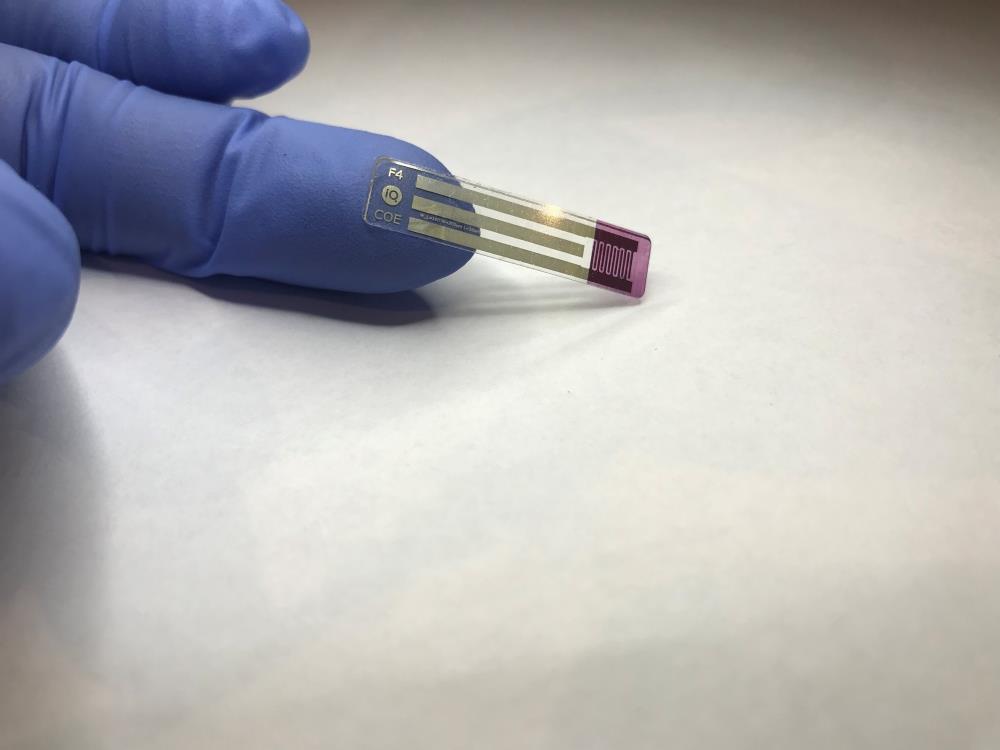
WCM-Q Research Probes Molecular Processes That Cause Diabetes
Doha, Qatar: Researchers at Weill Cornell Medicine-Qatar (WCM-Q) have made new discoveries about the complex metabolic and genetic processes which drive the formation of new fat cells, shedding light on the possible causes of obesity and its complications, such as inflammation and metabolic diseases like type 2 diabetes.
Using CRISPR gene editing technology, the researchers demonstrated that a protein called UHRF1 plays a key role in the regulation of the formation of new fat cells, known as adipogenesis. They also showed that the UHRF1 protein suppresses fibrosis, which is the hardening or scarring of bodily tissues and is a characteristic of many inflammatory illnesses. Increased fibrosis in the adipose tissue is a hallmark of insulin resistance and adipose tissue dysfunction.
Working with mouse cells in the laboratory, the researchers used CRISPR to delete a gene that codes for the production of the UHRF1 protein.
They then demonstrated that these UHRF1-knock out cells showed significantly reduced levels of adipogenesis, a process of differentiating fat cells from their precursors.
The WCM-Q researchers went a step further by using the college's advanced genomics and bioinformatics analysis tools to identify the altered molecular and cellular pathways involved in adipogenesis regulation, which are impacted by UHRF1. This led to the researchers successfully identifying elevated levels of the cytokine TGFß and its downstream targets.
TGFß, which stands for transforming growth factor beta, is a fibrosis regulator. Additionally, when TGFß goes awry, it is known to drive the transformation of normal cells into aggressively growing cancer cells.
The researchers also demonstrated that UHRF1-depleted cells show increased expression and secretion of TGFß as well as Glycoprotein Nonmetastatic Melanoma Protein B (GPNMB). They also provided evidence that treating cells with GPNMB led to a reduction in adipogenesis and an increase in TGFß levels and signaling.

Legal Disclaimer:
MENAFN provides the
information “as is” without warranty of any kind. We do not accept
any responsibility or liability for the accuracy, content, images,
videos, licenses, completeness, legality, or reliability of the information
contained in this article. If you have any complaints or copyright
issues related to this article, kindly contact the provider above.


















Comments
No comment